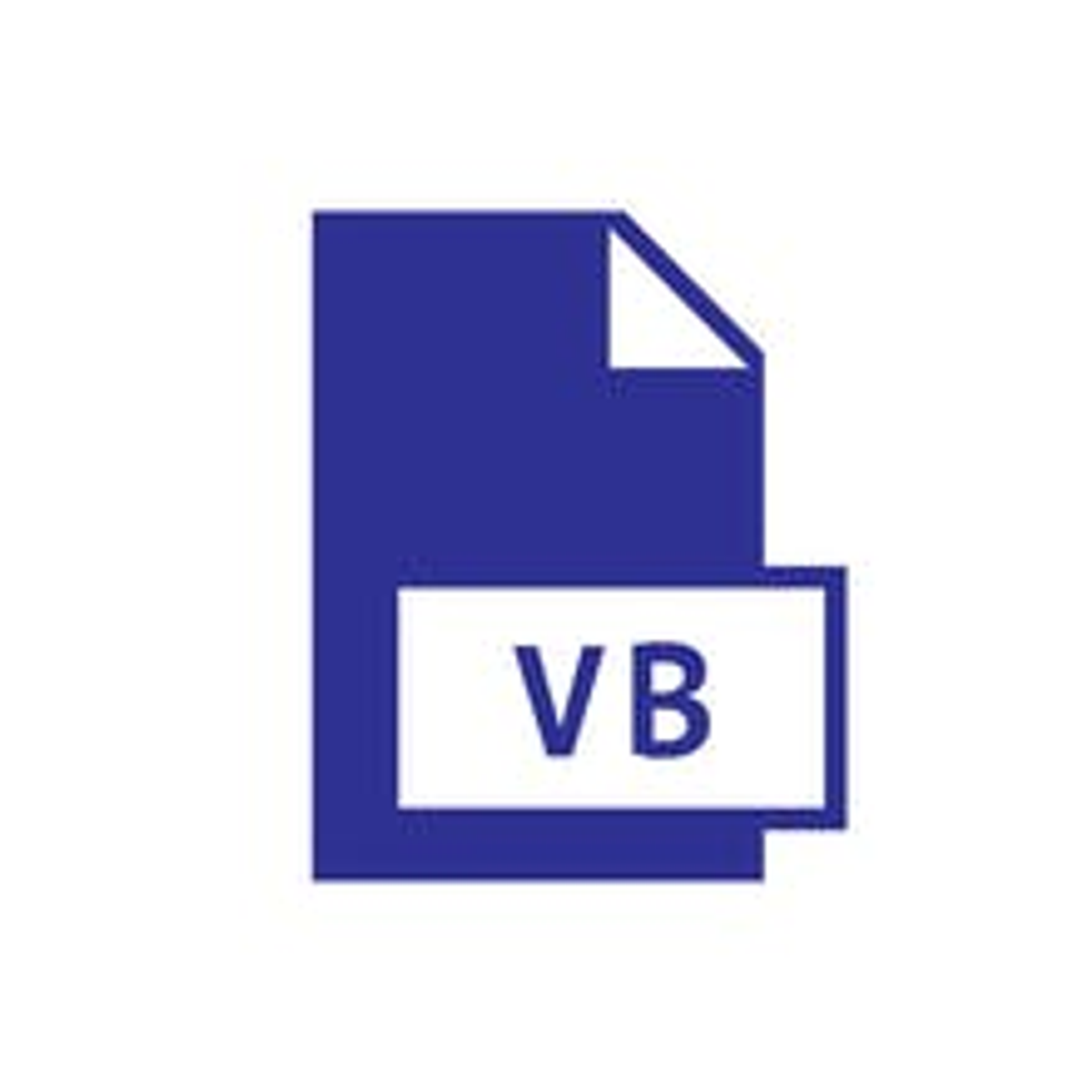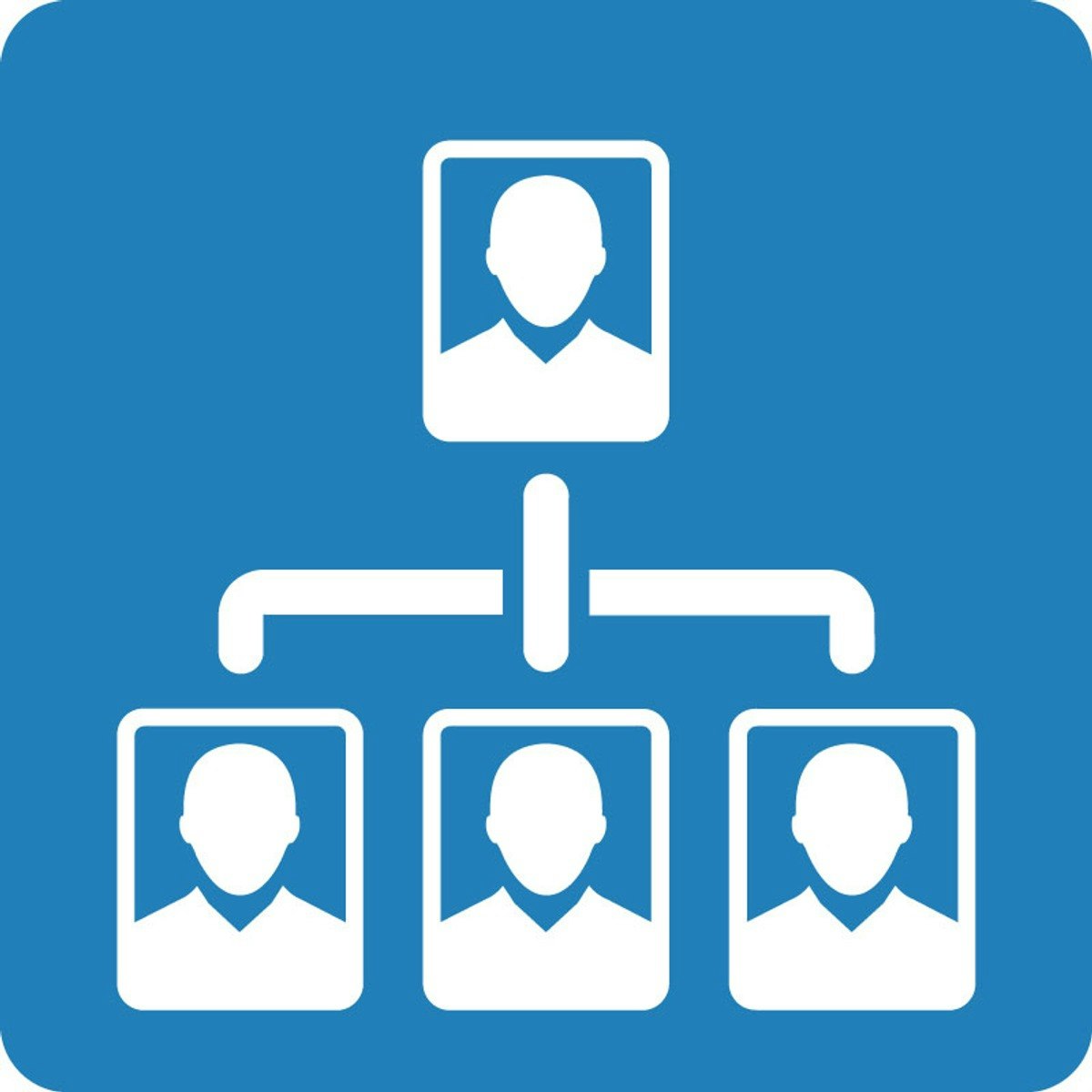Back to Courses









Computer Science Courses - Page 92
Showing results 911-920 of 2309

The Art & Science of Product Management
Sponsored by AMAZON WEB SERVICES (AWS). Learn how Amazon, Facebook, Google, and Twitch PMs and lead and collaborate with an interdisciplinary team of UX designers, software engineers, AI/ML engineers. Plus, practice real PM interview questions asked by Microsoft, Google, and Amazon!
Featuring:
* NANCY WANG, Head of Data Protection Services, Amazon Web Services; Founder and CEO, Advancing Women in Product
* SANDY CARTER, Vice President for Worldwide Public Sector Programs, Amazon Web Services
* PRANAVA ADDURI, Software Engineering Manager, Amazon Web Services
* MINMIN YANG, Principal UX Lead, Amazon Web Services
* WAHAB OWOLABI, Founder, OneReq; Diversity Business Partner, Facebook
* SHARMEEN CHAPP, Vice President of Product & Engineering, Twitch Community
* EJ EMEAGWALI, Product Manager, Samsara; former Product Manager, Google and Microsoft
* STEPHANIE NEILL, Senior Director of Product, Twitch Commerce
* GEORGE ELISSAOIS, General Manager & Director of Product Management, Amazon Web Services
* NANCY RILEY, Vice President & General Manager of the Ecosystem Product Group, Hubspot
* SABRINA FARMER, Vice President of Engineering for Site Reliability, Google Products
This is the third of four courses in the ACE Recommended Real-World Product Management Specialization. When you complete all four courses, you can earn up to 6 college credits.

Visual Basic Programming: Classes and Collections
This course is the third course in a series that aims to prepare you for a role working as a programmer. In this course, you will be introduced to the four main concepts in programming: Advanced String Operations and Dates, Modeling Classes, Development of Classes and Collections. Labs will allow the students to apply the material in the lectures in simple computer programs designed to re-enforce the material in the lesson. Learners will need to have a local machine with any one of the following operating systems; Windows 7 SP1 or higher, macOS 10.1.13 or higher, or almost any version of Linux from the last several years. The learner will either need to download the free community edition of Visual Studio or the open source .NET Core installation.

Technologies and platforms for Artificial Intelligence
This course will address the hardware technologies for machine and deep learning (from the units of an Internet-of-Things system to a large-scale data centers) and will explore the families of machine and deep learning platforms (libraries and frameworks) for the design and development of smart applications and systems.

Getting started with Augmented Reality
This course will teach you the basics of developing mobile applications using Mixed and Augmented Reality (MAR) technologies.
Through hands-on projects, you’ll learn practical techniques to rapidly and easily prototype three different applications for Android smartphones and tablets – even with no previous coding experience.
If you’re a creative entrepreneur, this is your ideal introduction to today’s trends in the products and technologies of the emerging augmented reality market.
If you’re a journalist, media/content producer or teacher, you’ll discover how to augment print-based media with sounds, images and videos, and see how to create an augmented city map and geo-located augmented reality game for your audience.
If you’re a web designer or app developer, you’ll gain a range of technological building blocks that you can integrate into your service portfolio.
Whatever your background, you’ll learn how to design cutting-edge visual experiences that will enhance your job prospects.
What you’ll learn
• All about the main MAR products and technologies on the market today
• How to build three different augmented reality applications using an augmented reality browser and authoring tools
• How to include image recognition and object tracking
• How to use geolocation functionality for outdoor augmented reality
• Details of the ISO-ARAF standard, an innovative language for representing augmented reality content
Prerequisites
• You don’t need any prior technical knowledge to take this course.
• If you’re familiar with markup languages (HTML, XML, etc) and content management systems, you may be more at ease with the key concepts and techniques.
This MOOC is supported by the Patrick and Lina Drahi Foundation.
Follow us!
Twitter : https://twitter.com/MOOCMAR
Facebook : https://www.facebook.com/MOOCMAR/

Build a Scoring Mechanic with C# in Unity - Shooting Targets
In this one-hour, project-based course, you'll learn how to set up targets and apply scoring mechanics in your FPS game. You'll also learn how to animate your targets and create a UI display that shows the current score of the player.
The guided project will familiarize you with the following Unity concepts:
- UI Toolkit
- Coding techniques including static events and the SendMessage method.
This course makes use of the western-themed Unity project created in Create an FPS Weapon Part 1, Part 2, Part 3 and Part 4. These compliment this guided project and, although not prerequisites, are recommended for a more well-rounded understanding of the concepts presented herein.
Note: This course works best for learners who are based in the North America region. We’re currently working on providing the same experience in other regions.

Programming Mobile Applications for Android Handheld Systems: Part 2
This course introduces you to the design and implementation of Android applications for mobile devices. You will build upon concepts from the prior course, including handling notifications, using multimedia and graphics and incorporating touch and gestures into your apps.

Android Programming for Beginners - Contacts Application
By the end of this project you'll learn to create a simple Contacts application. this application will have the ability to call or send sms to different contacts. Also the user can add new Contact to the contacts list. throughout this project we are going to work with, Costume Listview Adapters, Intent Actions, button click listeners and Cardviews. this project is for those who are looking for a simple practice to test their knowledge of Android programming.
Note: This project works best for learners who are based in the North America region. We’re currently working on providing the same experience in other regions.

Network Security
Welcome to course 4 of 5 of this Specialization, Network Security.
In this course, we will look at computer networking and securing the network. In today’s world, the internet connects nearly everyone and everything, and this is accomplished through networking. While most see computer networking as a positive, criminals routinely use the internet, and the networking protocols themselves, as weapons and tools to exploit vulnerabilities and for this reason we must do our best to secure the network. We will review the basic components of a network, threats and attacks to the network, and learn how to protect them from attackers. Network security itself can be a specialty career within cybersecurity; however, all information security professionals need to understand how networks operate and are exploited to better secure them.
After completing this chapter, the participant will be able to:
Explain the concepts of network security.
- Recognize common networking terms and models.
- Identify common protocols and ports and their secure counterparts.
- Identify types of network (cyber) threats and attacks.
- Discuss common tools used to identify and prevent threats.
- Identify common data center terminology.
- Recognize common cloud service terminology.
- Identify secure network design terminology.
- Practice the terminology of and review network security concepts.
Agenda
Course Introduction
Module 1: Network Concepts and Models
Module 2: Common Network Threats and Attacks
Module 3: Network Security Infrastructure
Module 4: Network Security Review
This training is for IT professionals, career changers, college students, recent college graduates, advanced high school students and recent high school graduates looking to start their path toward cybersecurity leadership by taking the Certified in Cybersecurity entry-level exam.
There are no prerequisites to take the training or the exam. It is recommended that candidates have basic Information Technology (IT) knowledge. No work experience in cybersecurity or formal education diploma/degree is required.

Programming Fundamentals in Kotlin
Practice and expand on the fundamentals of programming that are core to any language as well as the unique aspects of Kotlin syntax. You will work with data types, functions, conditionals, operators, collections-arrays, variables and loops.
Furthermore, you will declare and initialize different types of variables and explain their scope as well as create arrays and collections in Kotlin. You’ll create control flow patterns using conditionals and loops. There will be opportunities to practice using structs and classes while considering best cases for both. Discover deeper ways to use objects in Kotlin through exploring interfaces and classes.
After completing this course, you will be able to:
• Describe basic types and variables
• Explain numbers in Kotlin
• Explain what conditions are
• Describe how to use loops
• Explain the concept of a function
• Differentiate between a parameter and an argument
• Explain that a function can return a value and describe how it works
• Explain the difference between a class, an object and a type
• Differentiate between various visibility modifiers
• Describe the use of collections in programming
• Identify which collection type to use in any given situation
• Explain the difference between List, Set and Map
• Synthesize the skills you gained from the course to create code for the Bank Account project.
This is a beginner course for learners who would like to prepare themselves for a career as an Android developer using Kotlin. To succeed in this course, you do not need prior web development experience, only basic internet navigation skills and an eagerness to get started with coding.

AWS Elastic Beanstalk:Deploy a Python(Flask) Web Application
In this 1-hour long project-based course, you will learn how to create your Python web application & launch it on your own server using AWS Elastic Beanstalk technology. You will be using the Flask python framework to create your web application & AWS desktop management console to deploy the web application to the AWS servers. Additionally, you will learn more about reading the server logs, how to switch between different versions of your web application & also, monitoring your AWS servers using Elastic Beanstalk Desktop Management Console.
Note: To avoid distraction for set up during the course, we would recommend that you create an Amazon AWS account beforehand. Amazon AWS provides a free tier option for 1 year & the course materials will utilize services that fall under the free tier option.
